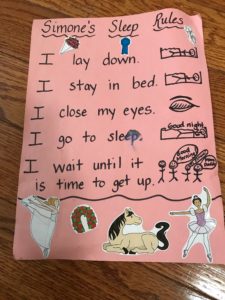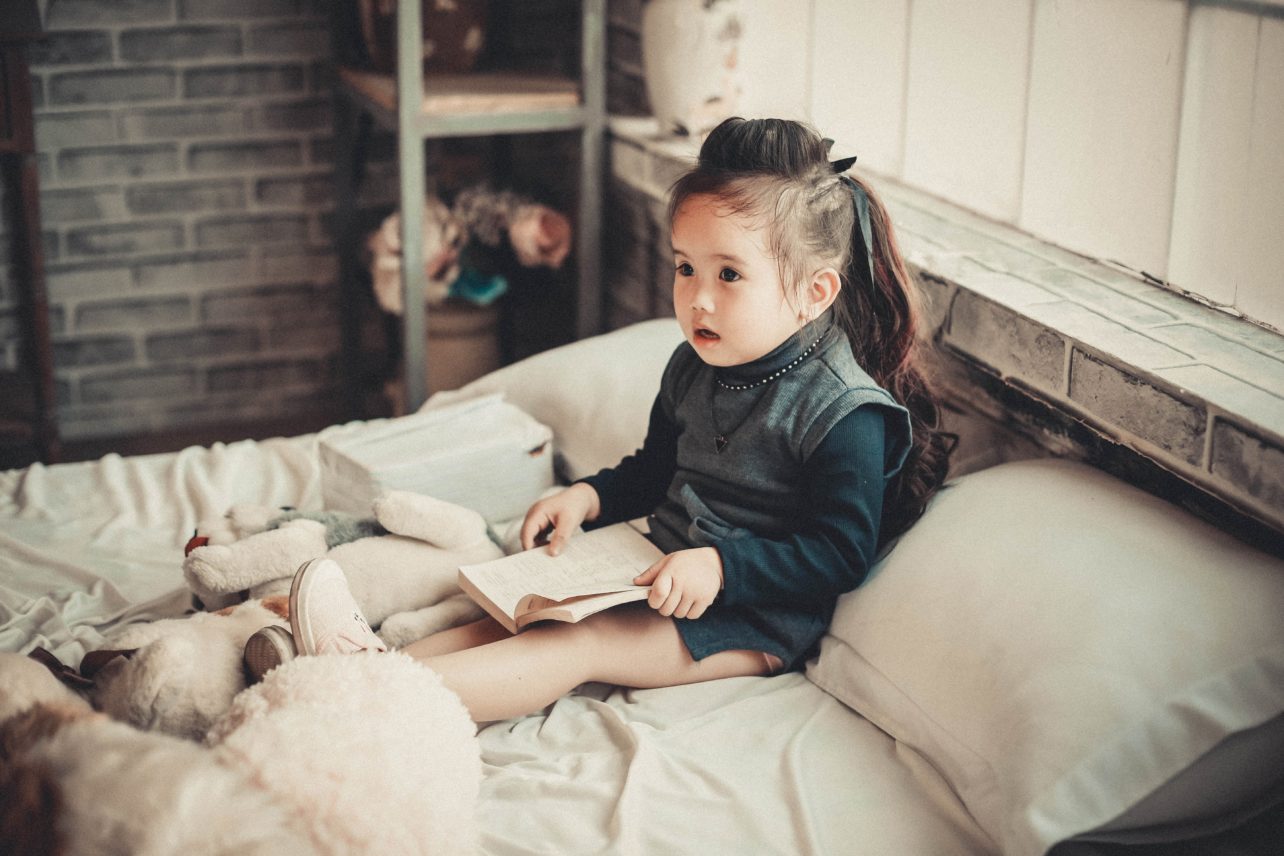We often hear from parents in a panic when they think it’s time for the crib to bed transition. Fear not! There are things you can do to keep your child in a crib a little longer, but we have you covered when it comes to the steps to take to make the move to a big kid bed easier for you and your child.

Make Sure the Time is Right
Many children will test boundaries by climbing out of their crib. What usually happens in this situation, is parents freak out, maybe yell “Oh no! Don’t do that!” and then they take the front part off of the child’s crib and make it into a bed. Your child is not asking for a bed if they climb out once or twice. They are simply testing their newfound strength and ability to climb. Chances are good they are climbing on everything else around the house too. If your child is between 18 months and 2.5, do the best you can to keep them in a crib a little longer. You can follow some of these tips to extend their crib time. If your child is 3 or older, the time is probably right for the crib to bed transition.
Avoid Surprises
It’s best to make the crib to bed transition when your child is aware that it is going to happen. Talk about making the move for at least a few days. Some parents want to surprise their child by buying a new bed and setting it up for when they get home from school. This often backfires for a few reasons.–1) toddlers don’t always love surprises 2) you’re rearranging their secure sleep space without permission.
As you talk about making the transition, involve your child in the process. Take them shopping for new sheets. Begin the conversation about what it means to be in a big kid bed. “This means you are old enough to stay in bed all night! Your new bed is going to be bigger, but it will be just as cozy as your crib.”
Set Expectations for Everyone
It’s easy to take a wait and see and cross your fingers approach when you make the crib to bed transition, but this can lead to some shaky nights and the introduction of habits that may not be wanted. It’s very important to talk to your child about what is expected once they are in a big kid bed. Having a family meeting is a great way to share these expectations. We cannot emphasize this step enough because it really sets families up to be successful in the long run. You may want to take the time to complete a sleep rules chart during your meeting as well. This was my daughter’s sleep chart. She made me recite these with her for close to two years after she made the crib to bed transition.

Make the Room One Giant Crib
If you are moving your child to a bed, it’s important to consider the space now that there is more freedom. We need to make sure the sleep space is safe because your child may potentially be walking around the room when she should be sleeping. Take a look at dressers, chairs, ottomans, and other objects that could be a safety hazard. Channel your inner three year old so you don’t miss anything.
A gate can be a very effective tool to put in a child’s doorway as you make this swtich. The gate serves as a way to keep children in their room without locking the door. Locking the door creates a power struggle between parent and child. With a gate, the child can still look out and you can interact if you need to while keeping them in their room. We highly recommend making the gate part of the transition process so that you don’t end up putting it up reactively at 2 am when your child has come out 50 times. If a gate is not used, the parent must return the child back to bed quietly over and over again. This can be really hard to do!
Keep Routines the Same
Unless you have been facing some challenges with your toddler stalling at bedtime and your bedtime routine is taking longer than you would like, keep your bedtime routine the same. If your routine is taking longer than 30-45 minutes, look at how you can cut the time shorter. Perhaps this means limiting the number of books you are reading. It may mean reducing liquids after dinner so there aren’t multiple requests to use the bathroom. If your toddler was falling asleep well before the crib to bed transition, the skill of falling asleep does not disappear. Be consistent with how your child falls asleep and they will continue to do what they were doing before.
“Lay with me!”
It can be really tempting to put your head on that pillow next to your little one. What’s better than snuggling and getting those extra cuddles in, right? The move from a crib to bed often comes with requests for parents to stay and lay with their child. It’s not usually a problem right away, but often this can result in wake ups at night, or a child who wakes up right as you try to ninja your way out of the bed without them waking up. Some parents will lay down with their child because they want to keep them in bed. It’s better to employ the above tips about our family meeting and sleep rules than to lay down as a way to enforce things. Laying down may be just fine for your child, but if it isn’t, move the cuddles and extra time together to a rocking chair or to the floor as you complete your bedtime routine. Then put your child into bed, give them last hugs and kisses, and say good night.
Your Child Can Do It!
Keep these tips in mind as you think about transitioning your child to a big kid bed. This is a big milestone for a lot of families. If you plan for hiccups and set the stage for success, your child can ease through this transition with flying colors! And of course, if you get stuck, you can always contact us for help.

